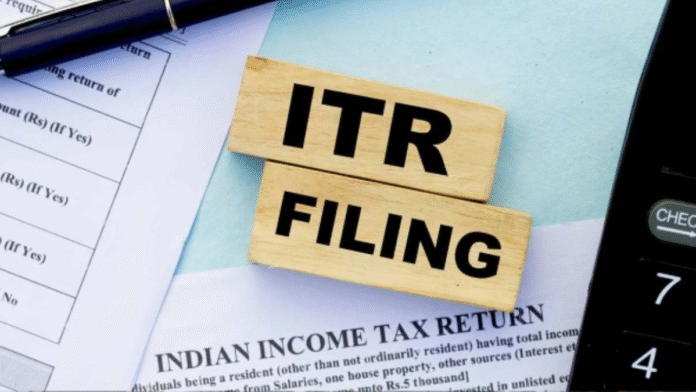ITR Filing news: With ITR filing date extended to September 15, you now have more time to decide between old and new tax regimes. Salaried employees or pensioners without business income can change tax regime every year before filing ITR by simply selecting the option in ITR-1 or ITR-2.
ALSO READTired of high rents and no savings? These 8 Indian cities offer a better life
Stricter Rules for Business Income
For individuals with commercial or professional income, the rules are much stricter. You can only switch back to old tax regime once in your lifetime and the option gets locked afterwards. To do this, you need to file Form 10-IEA before ITR filing date. If you don’t file this form on time, new tax regime will automatically kick in.
If you are confused about which regime to choose, remember that House Rent Allowance (HRA), Leave Travel Allowance (LTA), deductions under Sections 80C to 80U and home loan interest under Section 24(b) are only available in old tax regime.
Comparing Benefits of Both Regimes
New regime has fewer deductions but full tax rebate for individuals with taxable income up to Rs 12 lakh. If taxable income is more than Rs 12 lakh, entire amount will be taxed slab-wise. The slabs are zero tax for first Rs 4 lakh, 5% tax on Rs 4 lakh to Rs 8 lakh, 10% on Rs 8 lakh to Rs 12 lakh, 15% on Rs 12 lakh to Rs 16 lakh and so on.
New regime also allows limited benefits under Sections 80CCD(2) and 80CCH(2) except the broader 80C basket which is popular among salaried taxpayers.
Before you decide, review your income, pay structure and tax saving investments. If you have minimal deductions, you may benefit from new regime. But if you can claim significant deductions under Sections 80C, 80D, HRA or house loan interest, old regime may be better.
ALSO READThe dark side of retiring at 40 that no one talks about
Also note that losses from house property, capital gains or business income cannot be carried forward in new regime which may impact future tax liabilities.Tax experts say that old regime will be beneficial only if you are eligible to claim Rs 2 lakh deduction for home loan interest under Section 24(b) or large HRA.
» Read More


